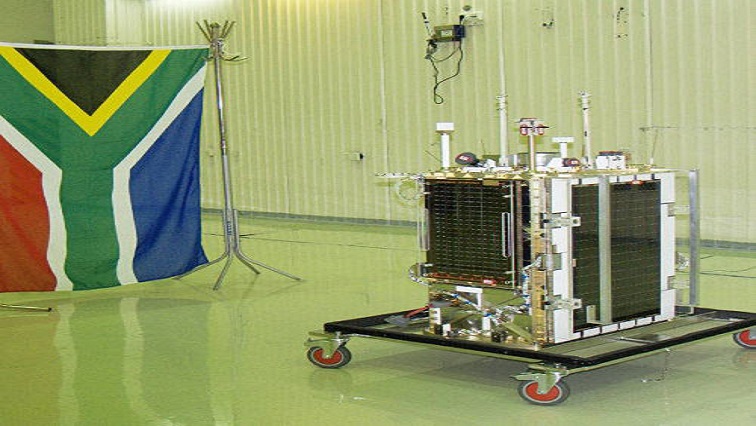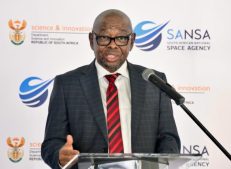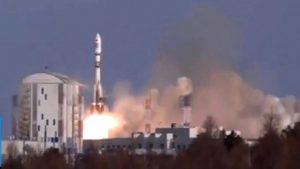The South African National Space Agency (SANSA) says the South African satellite known as SumbandilaSat (Pathfinder in Venda) has reached the end of its life.
According to a statement by SANSA, the satellite was launched in 2009 and took a total of 1 128 high-resolution, usable images. The image data was applied in local research and on the Copernicus programme. The data contributed towards disaster management like flood monitoring in Namibia and fire campaigns in the Kruger National Park. It also recorded timely images of the Fukushima nuclear disaster, as well as the Tuscaloosa tornado in the USA.
In 2005, the Department of Science and Technology, Stellenbosch University and SunSpace developed the ZASat pathfinder satellite program, later renamed SumbandilaSat, a technology demonstrator in conjunction with the South African industry.
SumbandilaSat was delivered 15 months later and launched from Baikonur, Kazakhstan in 2009 with monitoring and satellite support from the SANSA Space Operations facility in Hartebeesthoek.
SumbandilaSat was unfortunately launched right at the start of the 24th solar cycle when the sun became more active and therefore was exposed to ever-increasing levels of adverse space radiation.
Satellites are subject to radiation associated with space weather events and are affected by radiation events in several ways which can lead to early termination of their usefulness.
In 2011, data concerning the satellite’s primary function was received for the last time after two years.
SumbandilaSat, although crippled because of space weather phenomena, continued to provide valuable engineering data during its more than 12 years in orbit – allowing the South African Space Industry to build on this successful mission.
Sumbandila mission has demonstrated South Africa’s capability in space engineering
SANSA has been monitoring space weather since 2011 when it launched a limited research and development Space Weather Centre at its facility in Hermanus. This facility is currently being upgraded to a fully operational 24/7 space weather warning centre for the African region by 2022, along with advanced research capabilities in the space weather field.
The SumbandilaSat mission not only re-established South Africa as a space-faring nation with an in-orbit small technology demonstrator but also fostered human capital development. The programme allowed for the training of nine new black trainee engineers, four of which were female and broadened the experience of 78 other engineers. On the academic front, the Sumbandila program produced 18 Masters and two PhD students in engineering at Stellenbosch University.
SANSA CEO, Dr Val Munsami says the Sumbandila mission has demonstrated South Africa’s capability in space engineering and has paved the way for more satellite missions as part of the Space Infrastructure Hub (SIH) currently in development.
Munsami says, “The SIH will see a suite of different classes of satellites being launched in the coming years drawing on the heritage created through the Sumbandila mission.”
“Although we as a nation are saddened to witness the end of this aspirational satellite, this has led to the establishment of the nanosatellite missions of ZACUBE 1 and 2 by the Cape Peninsula University of Technology. The satellite constellation will see the addition of a further seven nanosatellites that are in development for support to Operation Phakisa. Further, investment in human resources through the SumbandilaSat era has contributed towards SANSA’s programme of skills and industry development for future space missions.”




